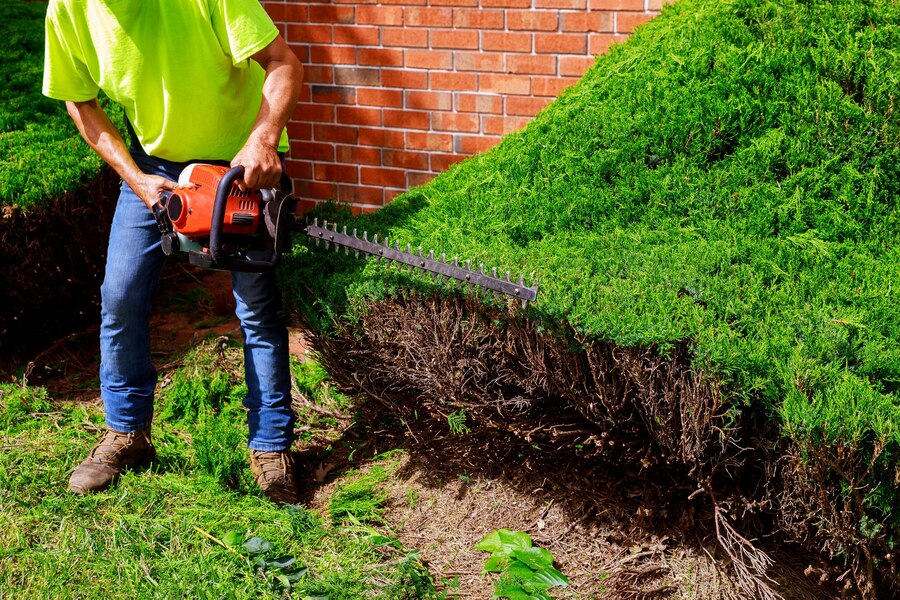LANDSCAPE DESIGN TIPS FOR BEGINNERS
Landscape design is the process of creating an aesthetically pleasing and functional outdoor living space. This can include the design and installation of plants, hardscape features, and other elements. Landscape design can greatly enhance the appearance and value of a property, while also providing a space for outdoor recreation and relaxation. A well-designed landscape can also help to conserve natural resources and improve the environment. This tips and guidelines for beginners who are interested in landscape design. It covers essential information and best practices for creating a successful landscape design.
1. Understanding Your Landscape
Site Analysis:
Before starting a landscape design project, it is important to understand the existing conditions of the site. This includes analyzing factors such as sunlight, wind patterns, and topography.
Assessing the Microclimate:
A microclimate is a specific area within a larger climate that may have different weather patterns and conditions. Understanding the microclimate of your landscape can help you select plants that are well-suited to the conditions.
Identifying Soil Types:
Understanding the type of soil in your landscape can help you determine which plants will thrive. Soil types can vary greatly, and it is important to select plants that are well-suited to the soil conditions.
2. Create a Plan
Determine the Purpose and Function of the Landscape:
Before designing the landscape, it is important to consider the purpose and function of the space. Will it be used primarily for entertaining, gardening, or as a play area for children?
Selecting Plant Material:
Choosing the right plants for your landscape is one of the most important decisions you will make. Consider factors such as climate, soil type, and light requirements when selecting plants.
Designing the Layout:
The layout of your landscape should take into account the existing conditions of the site, as well as the purpose and function of the space. It is also important to consider elements such as pathways, garden beds, and water features.
Incorporating Hardscape Features:
Hardscape features, such as patios, retaining walls, and fountains, can greatly enhance the appearance and functionality of your landscape. Consider incorporating these elements into your design.
3. Implementing the Design
Proper soil preparation is essential for a successful landscape design. This includes removing weeds, adding organic matter, and amending the soil as necessary. After the soil is prepared, it is time to plant and install hardscape features. This includes selecting and placing plants, installing patios and retaining walls, and adding water features. Regular maintenance is essential for keeping your landscape looking its best. This includes tasks such as watering, pruning, and removing weeds.



Comments
Post a Comment